Introduction
In 2025, AI tools have become more powerful, accessible, and deeply woven into the fabric of daily life than ever before. From writing bestselling novels to composing music, designing new products, and creating digital art, Artificial Intelligence is now an active player in many creative fields where human imagination once reigned supreme.
But this brings us to a fascinating and controversial question: Can AI truly replace human creativity? Or is there something about the human spirit that machines will never be able to replicate?
In this blog, we’ll explore the truth behind AI’s role in creativity today — its strengths, its limits, and what the future looks like.

The Rise of Creative AI Tools
Over the past few years, creative AI tools have exploded in popularity. Platforms like DALL·E, Midjourney, and ChatGPT have changed the way people create images, stories, music, and even marketing campaigns.
Meanwhile, advanced solutions like GEE-P-TEE offer AI tools that are tailored for specific industries — from content creation to technical writing — empowering professionals to scale their creative processes.
AI can now write scripts, generate art, brainstorm product ideas, and design mockups with astonishing speed. But here’s the catch: while AI can mimic creative outputs, it still requires human intention to guide it.
In short, AI has made creative work more efficient, but it hasn’t replaced the human imagination that sets true creativity in motion.
The evolving capabilities of AI in generating creative content are explored in The Science of AI-Powered Text Generation, highlighting both opportunities and limitations.
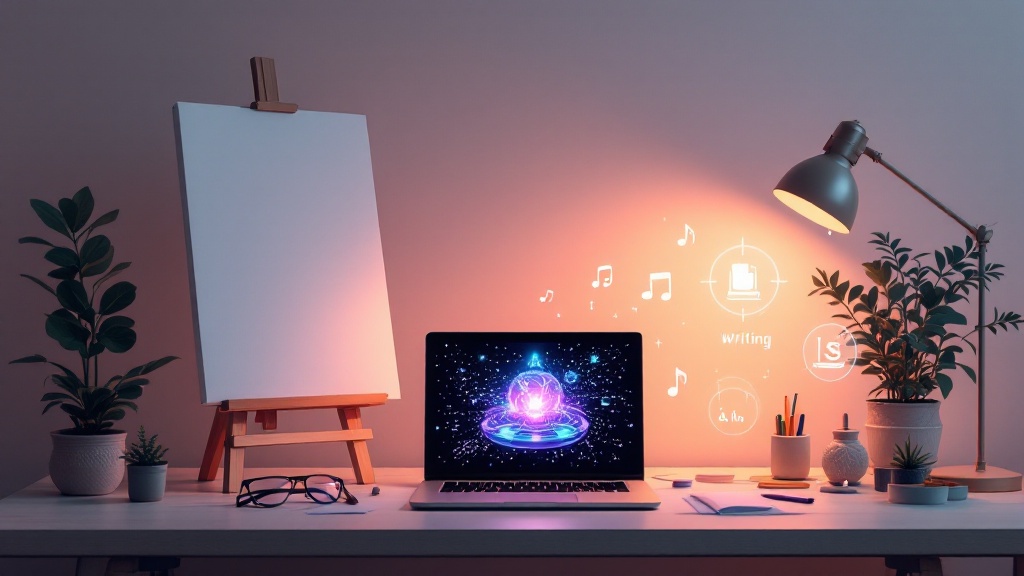
What AI Does Well: Amplifying Human Creativity
Rather than replacing creativity, AI enhances and expands human potential. Here’s how AI tools are changing the creative game:
- Speed and Efficiency: AI can draft multiple versions of text, generate artwork variations, or build prototypes in minutes — tasks that used to take humans days or weeks.
- Inspiration and Ideation: Facing a creative block? AI can suggest themes, styles, or directions you hadn’t considered, acting like a digital muse.
- Repetitive Task Automation: AI handles the repetitive or tedious aspects of creativity — resizing images, checking grammar, formatting designs — freeing humans to focus on the bigger picture.
- Data-Driven Personalization: Tools like those offered by GEE-P-TEE can tailor outputs based on industry needs, project goals, and audience preferences, helping users create more targeted and impactful content.
In many ways, AI acts like a creative co-pilot, not the main driver. How personalized AI models support unique creative processes is detailed in The Rise of Personalized AI How Custom GPTs Are Shaping Industries.
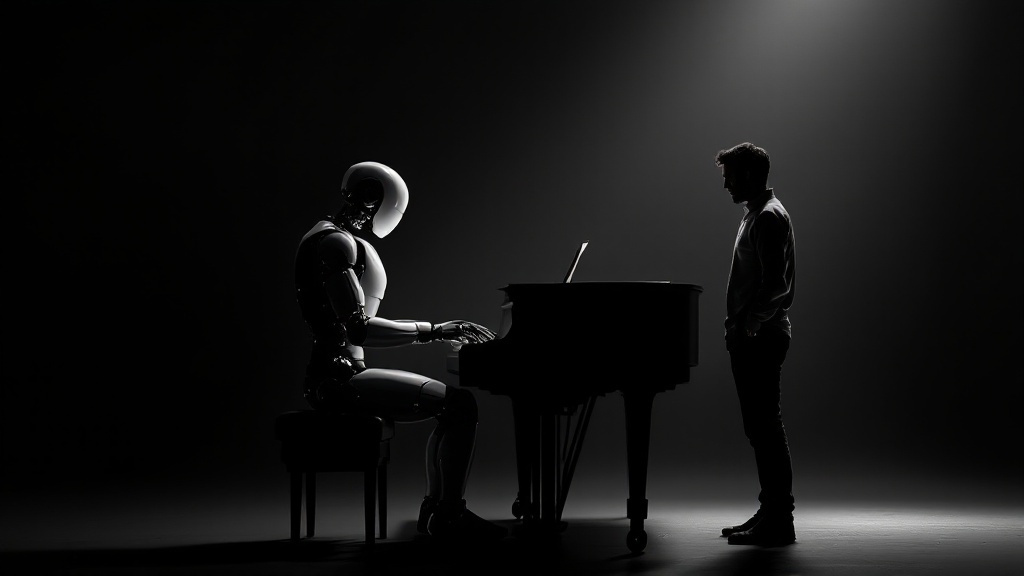
The Limits of AI in True Creativity
Despite the impressive progress, there are still fundamental barriers preventing AI from replacing human creativity:
- Lack of Emotion: Great art, storytelling, and innovation are often born from human emotions — love, anger, hope, grief — experiences AI cannot genuinely feel or convey with authenticity.
- Original Thought: AI works by recognizing and remixing existing patterns. It can innovate within boundaries but struggles to create something radically new or paradigm-shifting without human influence.
- Context and Subtlety: Humans create with an understanding of subtle cultural references, humor, irony, and social movements. AI often misinterprets or overlooks these nuances.
- Ethical and Moral Reasoning: Some creative decisions involve moral judgment. AI, without consciousness, lacks the ability to navigate complex ethical landscapes.
In short, AI can simulate creativity, but it cannot embody it the way humans can. Discussions around AI’s emotional intelligence and context awareness, which affect creativity, are covered in AI is Becoming More Context-Aware and Emotionally Intelligent.
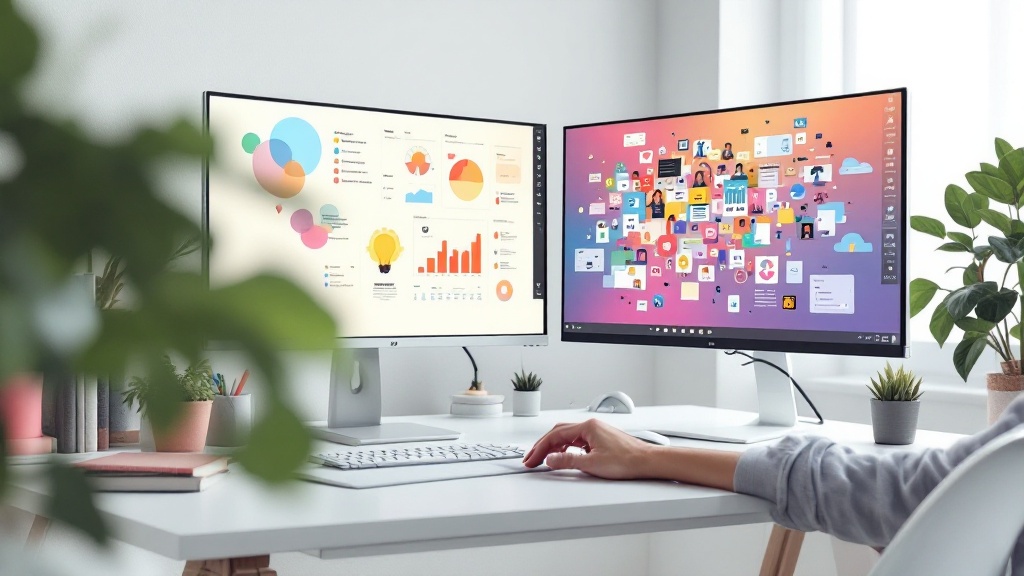
Collaboration Over Competition: The New Creative Future
The most exciting future for creativity is not a battle between humans and AI, but a powerful collaboration between them.
Imagine an architect using AI to rapidly prototype building designs, then applying their artistic vision to select and refine the final masterpiece. Or a musician generating backing tracks with AI and layering emotional, soulful vocals on top.
This partnership is already visible in fields like marketing, design, gaming, and filmmaking.
Companies like GEE-P-TEE are at the forefront of this shift, building AI tools that enhance human creativity rather than attempt to replace it. By automating technical tasks and providing smart suggestions, these tools give creatives more space to innovate, feel, and express.
In this emerging landscape, the best ideas won’t come from AI alone or humans alone — but from the synergy between the two. The balance between AI assistance and human originality is a key theme in GPT AI The Future of Conversational Tech, shedding light on collaboration rather than replacement.
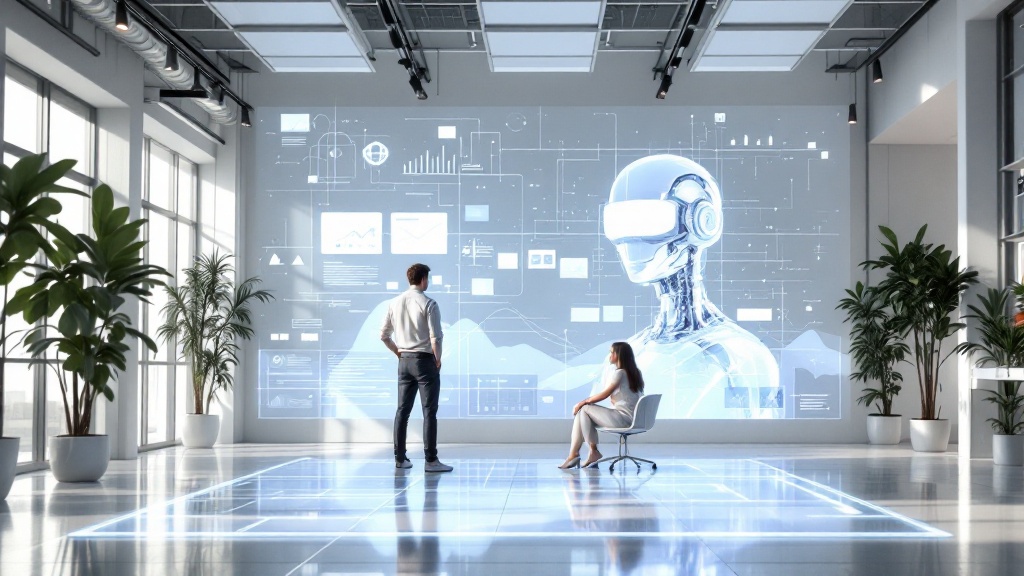
Will AI Ever Fully Replace Human Creativity?
In 2025 — and likely far beyond — the answer remains no.
Here’s why:
- Human experiences are unique: Creativity stems from complex life experiences, emotions, cultures, and perspectives that AI cannot live through or internalize.
- Audiences crave authenticity: Consumers can often sense when something is truly heartfelt versus when it is machine-generated. Genuine human stories and expressions resonate more deeply.
- Ethical creativity matters: In areas like journalism, art, and education, ethical considerations are deeply intertwined with creative work — something AI cannot yet navigate reliably.
- Innovation often comes from imperfection: Some of the most groundbreaking creations arise from mistakes, serendipity, or rebellion against conventions — phenomena AI isn’t naturally wired to pursue.
Thus, AI is a tool, not a replacement. It pushes boundaries, speeds up processes, and inspires new ideas — but the core of creativity remains human. For insights on AI tools boosting productivity without replacing the human touch, see Boosting Productivity with AI-Powered Writing Assistants.
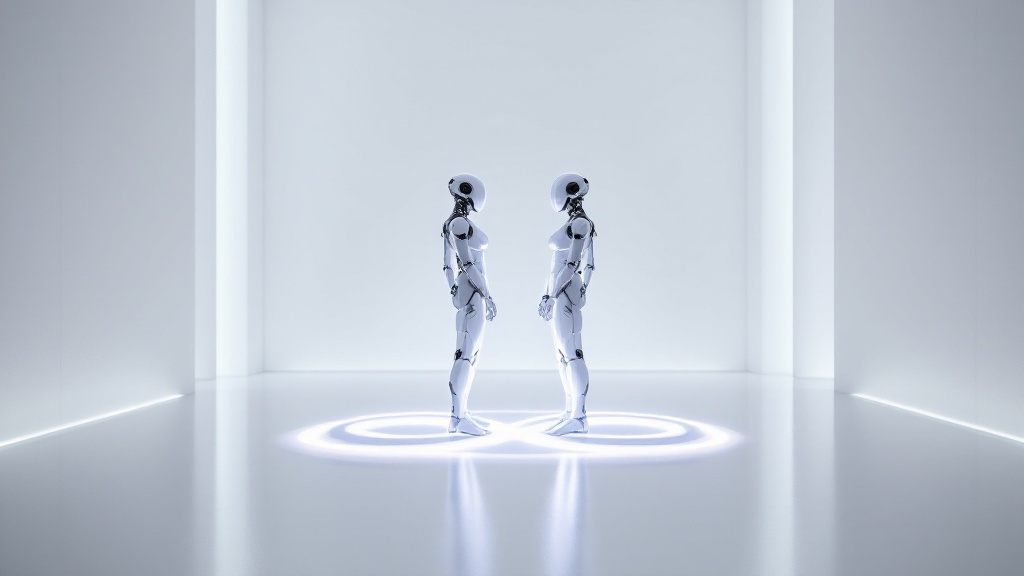
Conclusion
AI tools have dramatically changed the creative landscape in 2025, offering unmatched speed, efficiency, and ideation support. Yet, the soul of creativity — the raw emotion, intuition, and cultural storytelling — still belongs to humans.
Rather than fearing replacement, creators are learning to embrace AI as a collaborator, using it to push their ideas further than ever imagined.
With platforms like GEE-P-TEE providing customized AI tools to enhance creativity across industries, the future looks incredibly exciting — a future where human imagination and machine intelligence create together, not compete.
In the end, the most profound creations will not come from AI alone — but from the beautiful, imperfect, and deeply human spirit guiding it.
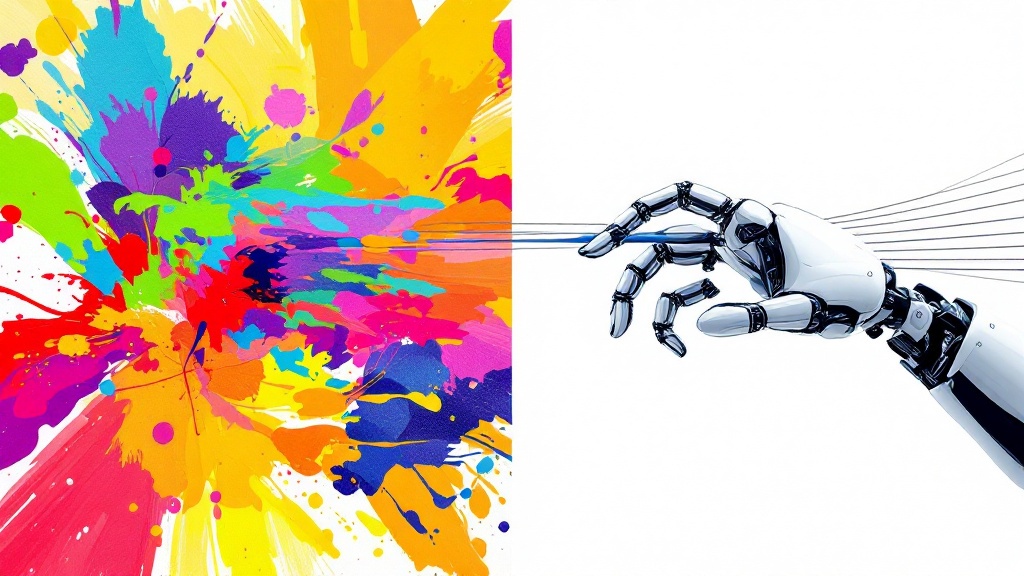
Leave a Reply